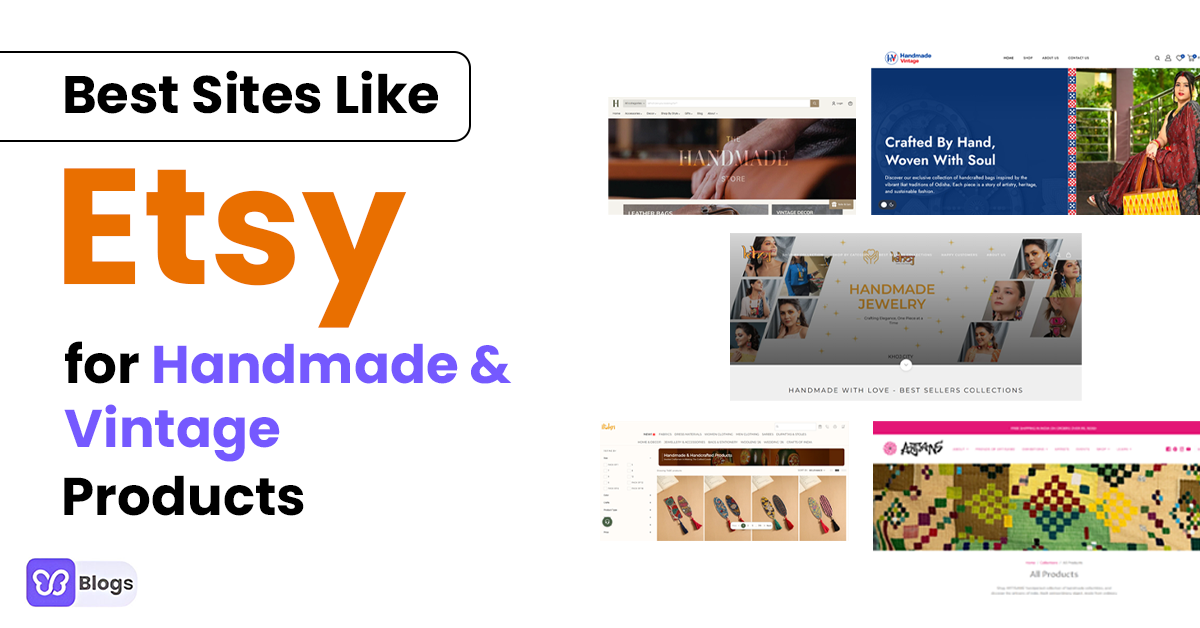1. Do a Market Test
A crucial initial step in grasping an industry's aspects and prospects for expansion is to conduct a market analysis.
Understanding market dynamics, performing a SWOT analysis, identifying market groups, comprehending customer needs and preferences, anticipating market demand, assessing the market size, analyzing market trends, evaluating market growth perspective, and assessing regulatory and legal factors are all part of it. Businesses can boost their chances of success, make well-informed decisions, and obtain valuable data by implementing these procedures.
A report or presentation that highlights the most important discoveries, patterns, chances, and dangers that will shape their company plan might serve as a summary of the process. This in-depth examination of the market can assist companies in making wise decisions and raise the possibility of success.
2. Test the Concept
The process of turning a hobby into a viable business also involves a crucial step in determining its feasibility and potential for success. This involves creating a prototype or sample of the product or service, identifying the target audience based on demographics, interests, and purchasing behavior, and choosing appropriate market testing methods to gather feedback and validate the concept.
Some of the testing methods include online surveys, focus groups, beta testing, pilot launches, social media polls, and feedback collection. Analyzing the feedback collected during the market testing phase can help evaluate the viability of the concept and make informed decisions. Iterating and refining the concept based on the feedback received can help address any identified issues or improve its appeal.
Re-testing is necessary after making adjustments to the concept to validate changes and ensure that you are moving in the right direction. Based on the results of the market testing phase, decide on whether to proceed with turning your hobby into a business, considering factors such as market demand, customer feedback, competitive landscape, and financial feasibility.
By testing your concept before fully committing to launching your hobby-based business, you can minimize risks, validate your ideas, and increase your chances of success in the long run.
3. Find Your Market
Market research is a crucial process in identifying and understanding the target market for a hobby business. It involves defining the ideal customer, gathering information about their needs, preferences, behaviors, and buying habits, and analyzing existing market data. Market trends are monitored to identify gaps in the market and areas for differentiation. Market demand is assessed to determine if there is sufficient demand for your hobby-related products or services.
Validating your idea involves testing your business idea with the target market, such as launching a pilot program or crowdfunding campaign. Identifying effective distribution channels, including e-commerce platforms, social media, specialty stores, craft fairs, pop-up shops, and direct sales, is essential. Building a strong brand identity that resonates with your target market sets you apart from competitors.
Creating tailored marketing strategies to reach and engage your target market involves a mix of online and offline tactics. Test and iterate your marketing efforts by tracking key performance indicators (KPIs) such as sales, website traffic, conversion rates, and customer feedback. Building relationships with customers is crucial for loyalty and advocacy. By following these steps, you can effectively identify and target your target market for a successful hobby business.
4. Write a Business Plan
A business plan is a crucial step in starting and growing a successful business. It outlines goals, strategies, and operations, including an executive summary, company description, market analysis, organization and management, products and services, marketing and sales strategy, funding request, financial projections, and appendices.
The executive summary gives an overview of the business idea, target market, products or services, competitive advantages, and financial projections. The company description outlines the business concept, target market, products or services, and competitive advantages.
Market analysis is conducted to identify industry trends, growth opportunities, and potential challenges. The organization and management are detailed, along with the product and service details. Financial projections are prepared, and the plan is reviewed and revised regularly. A well-written business plan communicates the vision and credibility to potential investors, partners, and stakeholders.
5. Determine Your Business Model
A hobby can be transformed into a profitable business by defining the right business model. This involves evaluating the hobby, identifying the product or service, understanding the target market, choosing a revenue model, defining pricing strategy, planning distribution channels, developing a marketing and sales strategy, identifying operational requirements, evaluating financial viability, and testing and iterating.
A hobby can be a source of income, and a small business also can generate revenue through direct sales, subscriptions, workshops, or commissions. The pricing strategy should be based on factors such as production costs, market demand, competition, and perceived value.
Distribution channels should include online, offline, and online marketing. A marketing plan should be developed to promote the hobby and attract customers. Operational requirements include resources, equipment, and infrastructure needed to operate the business effectively.
Financial viability is crucial, and the business model should be tested and iterated to optimize efficiency, profitability, cash flow, and customer satisfaction. By following these steps, hobby enthusiasts can turn their hobby into a sustainable and profitable business venture.
6. Develop Your Brand
To build brand awareness, businesses must define their brand identity, ensure consistent branding across all touchpoints, and create valuable content that resonates with their target audience. Social media engagement can help humanize the brand and build relationships with customers.
Influencer marketing can help amplify the brand message to a wider audience. SEO optimization can improve website visibility and drive organic traffic. Email marketing can be used to stay top-of-mind with the audience.
Public relations (PR) can increase brand visibility and credibility. Community engagement can foster a loyal customer base through sponsorships, hosting events, or participating in forums. Customer experience can be enhanced by providing exceptional service and creating memorable experiences.
Referral programs can help expand the customer base and leverage social media accounts as proof. Investing in paid advertising channels can reach a broader audience and drive targeted traffic to the website. By consistently implementing these strategies, businesses can gradually increase brand awareness and establish a strong presence in their market.
7. Develop A Marketing Strategy
A comprehensive marketing strategy is essential for businesses to reach their target audience effectively. It involves setting clear objectives, understanding the target audience, and analyzing competitors to differentiate their strengths and weaknesses. A unique value proposition (UVP) is crucial to differentiate your brand from competitors and communicate the benefits of choosing your products or services.
To reach your target audience, choose the most appropriate marketing channels, including digital, traditional, and digital channels. Create compelling content that resonates with your target audience and aligns with your brand messaging.
Implement your marketing tactics by ensuring consistency in your brand messaging, and customer experience across all channels. Track the performance of your campaigns using key performance indicators (KPIs) and use analytics tools to gain insights. Continuously optimize your marketing strategy based on data analysis and experiment with different tactics, messages, and channels to identify what resonates best with your audience.
Stay agile and adaptive to the ever-evolving marketing landscape to adapt your strategy in response to changing market trends, consumer behavior, and competitive dynamics. By following these steps and maintaining a strategic approach to your marketing efforts, you can effectively reach your target audience, drive business growth, and achieve your marketing objectives.
8. Create a Web Presence
A hobby business must have a strong web presence to reach a wider audience, showcase products or services, and drive sales. To establish a strong web presence, choose a domain name that reflects your business and register it with registrars like GoDaddy or Namecheap. Choose a suitable website building platform, such as WordPress, Wix, Squarespace, or Shopify, and design a clean and visually appealing layout.
Include essential pages like Home, About Us, Products/Services, Gallery or Portfolio, Contact Us, and Blog. Ensure the website is mobile-responsive for a seamless user experience across all devices.
Create compelling content, including product descriptions, service offerings, blog posts, and customer testimonials, and optimize your content for search engines (SEO). Implement e-commerce functionality, if applicable, and optimize for local SEO. Engage on social media platforms, such as Facebook, Instagram, and Pinterest, and share updates, photos, videos, and behind-the-scenes content to showcase your passion. Start blogging on your own website, to share hobby-related tips, tutorials, stories, and industry insights. Offer value through email marketing by building an email list of subscribers interested in your hobby or niche and sending out regular newsletters.
Monitor and analyze performance using web analytics tools like Google Analytics to identify areas for improvement and make informed marketing decisions. Improve and expand your web presence to grow your audience, increase sales, and achieve business goals.
9. Monetization Strategies
Exploring Different Revenue Streams for Your Hobby Business
Product Sales: Create and sell physical or digital products related to your hobby, such as handmade crafts, artwork, e-books, or merchandise.
Services: Offer services like workshops, classes, coaching, consulting, or personalized experiences based on your hobby expertise.
Subscriptions: Provide subscription-based services or memberships for exclusive content, products, or access to your expertise.
Affiliate Marketing: Partner with relevant brands or businesses in your niche to promote their products or services and earn a commission on sales.
Price Your Products or Services Competitively
Cost Analysis: Calculate all costs associated with producing your products or delivering services to determine a profitable pricing strategy.
Market Research: Research competitors' pricing to ensure your prices are competitive while reflecting the value you offer.
Value-Based Pricing: Consider the unique value proposition of your products or services when setting prices to justify premium pricing.
Implementing Effective Sales and Marketing Tactics
Online Presence: Utilize a professional website, social media platforms, and online marketplaces to showcase your offerings and reach a wider audience.
Content Marketing: Create valuable and engaging content related to your hobby to attract and engage potential customers.
Email Marketing: Build an email list of interested prospects and customers to nurture relationships, promote new offerings, and drive sales.
Social Media Marketing: Leverage social media platforms to engage with your audience, run targeted ads, and promote your products or services.
Partnerships and Collaborations: Collaborate with influencers, other businesses, or organizations in your niche to expand your reach and attract new customers.
Customer Retention: Implement strategies to retain existing customers, such as loyalty programs, special offers, and excellent customer service.
By exploring diverse revenue streams, pricing your offerings competitively, and implementing effective sales and marketing tactics, you can maximize the monetization potential of your hobby business and achieve sustainable growth and success.








